Sinusitis (Clinical)
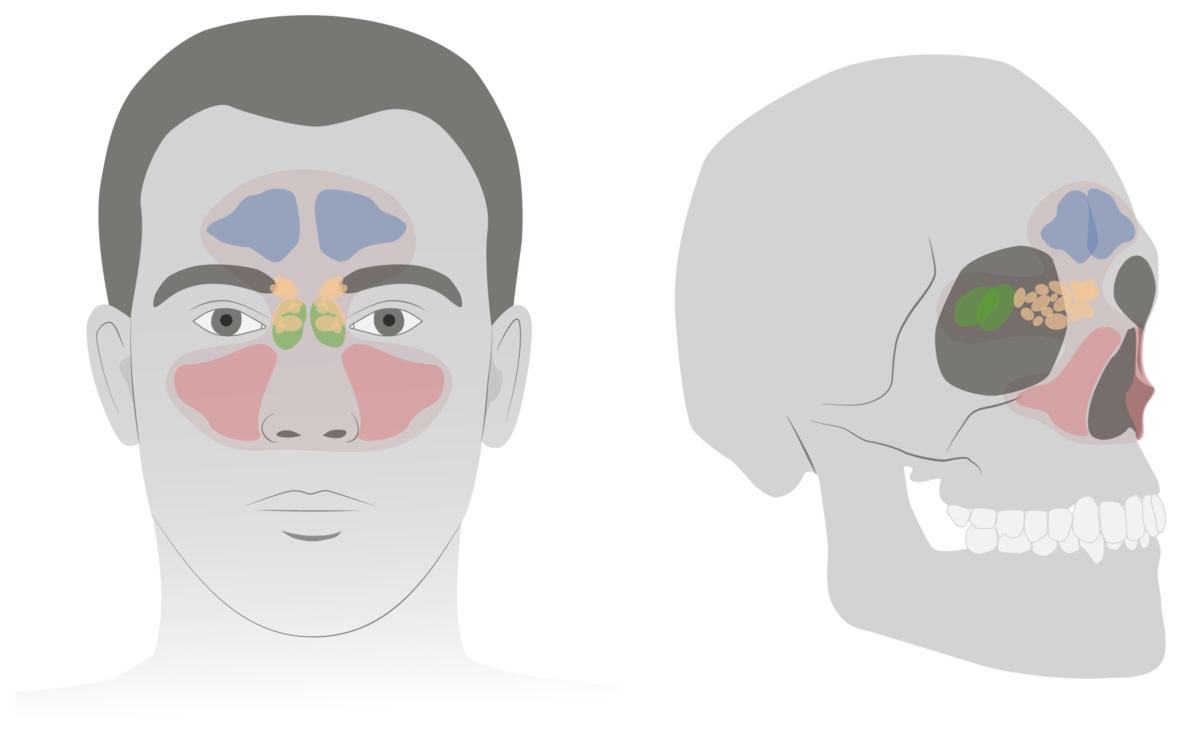
Epidemiology and Etiology Epidemiology[6,10] Etiology[4,6,10] Acute: lasts ≤ 4 weeks Chronic rhinosinusitis (CRS): lasts over 12 weeks[9] Pathophysiology Viral[6,10] Bacterial[6,10] Fungi[10] Clinical Presentation General manifestations[6,8] Bacterial sinusitis[5,6,8] Complications and/or associated conditions[5,6,8] Diagnosis Clinical[6,10,18,19] Uncomplicated acute rhinosinusitis (either viral or bacterial) is diagnosed clinically based on the quality, duration, and progression of symptoms. Laboratory tests[5,6,10] Imaging[5,7] […]
Ventricular Fibrillation (V-fib) (Clinical)
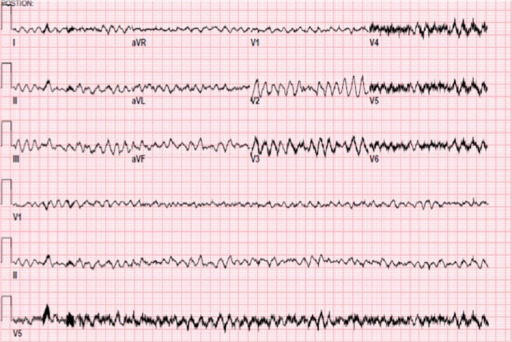
Epidemiology and Etiology Epidemiology[1,2] Ventricular fibrillation (VF) secondary to myocardial infarction (MI) is the most common cause of sudden cardiac death (SCD). SCD is the leading cause of death in developed countries. Etiology[3,4] Pathophysiology Ventricular tachyarrhythmias:[4,5] VF: Detailed process Mnemonic: Sustained VF after an MI results from: Myocardial ischemia → Necrosis → Reperfusion → Healing […]
Mononucleosis (Clinical)
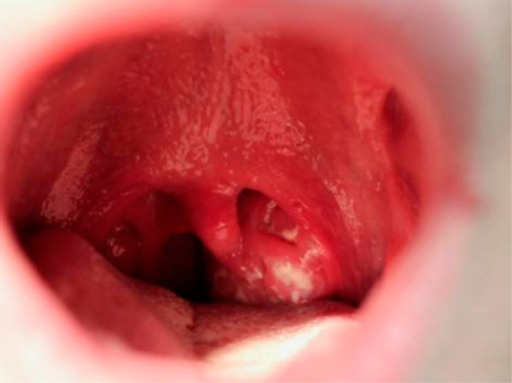
Overview Definition Infectious mononucleosis (IM) is a viral infectious disease most commonly caused by the Epstein-Barr virus (EBV) and is characterized by a triad of fever, tonsillar pharyngitis, and lymphadenopathy. Synonyms[1–4] Epidemiology[1–5] Etiology EBV belongs to the group of human herpesviruses (HHV-4). Pathophysiology Pathogenicity[1–5] EBV has an exceptionally high species specificity: Transmission[1–5,14] The disease is […]
Vasospastic Angina (Clinical)
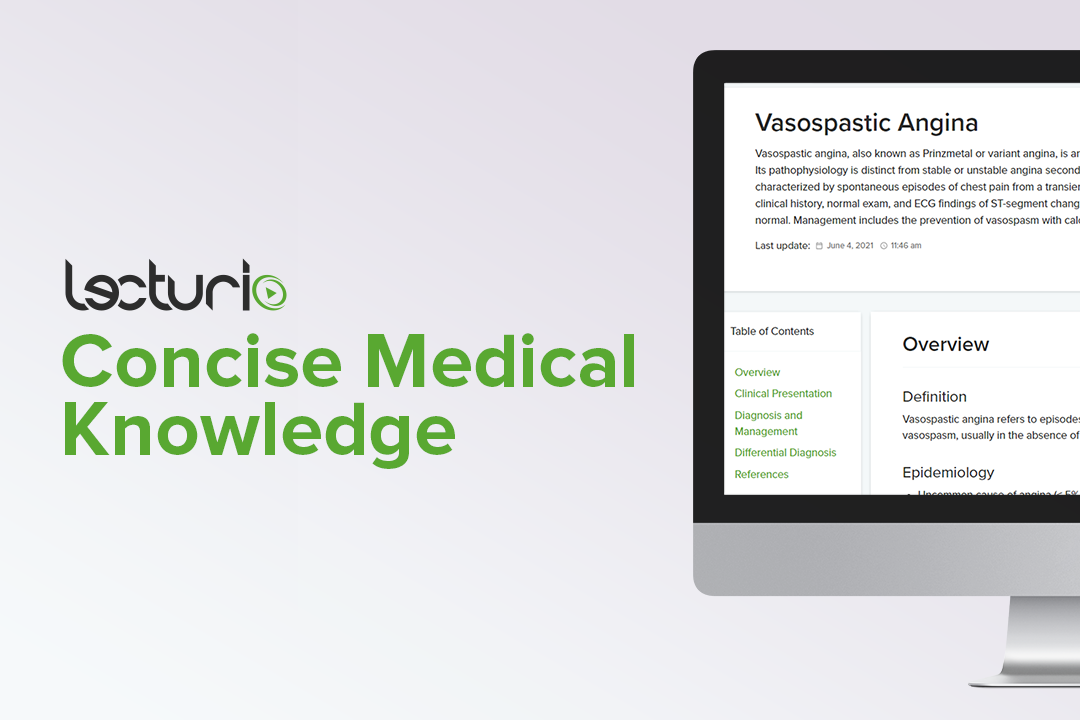
Overview Definition Vasospastic angina refers to episodes of chest pain (angina), which occur spontaneously while at rest secondary to coronary artery vasospasm, usually in the absence of atherosclerotic coronary artery disease (CAD). Epidemiology[2,4,11] Etiology[2,4,5,9,11] Possible triggers include: Pathophysiology[2,4,5] Clinical Presentation Manifestations[2–6] Complications and sequelae[5, 8] Diagnosis and Management The diagnosis and management of vasospastic angina […]
Pheochromocytoma (Clinical)
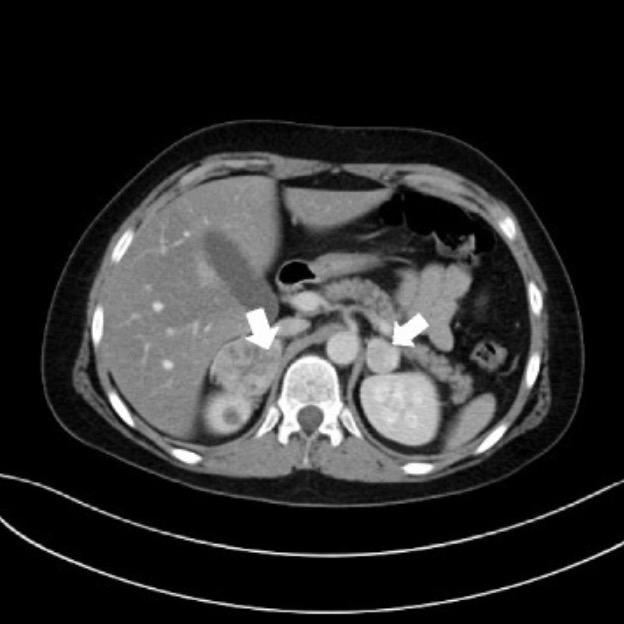
Overview Definition[1] Pheochromocytoma is a catecholamine-secreting tumor derived from chromaffin cells. Anatomy[4] Epidemiology[1,4,6] Etiology[4,6,8] Mnemonic The “rule of 10s” for pheochromocytoma characteristics: Pathophysiology Excessive catecholamine secretion by tumor[1,13] Effects of catecholamine secretion[1,13] Malignant potential[1,8] Clinical Presentation Symptoms and signs of pheochromocytoma are typically paroxysmal.[1,4,6,8,10,13] Mnemonic To recall the most common clinical features of pheochromocytoma or […]
Osteoporosis (Clinical)
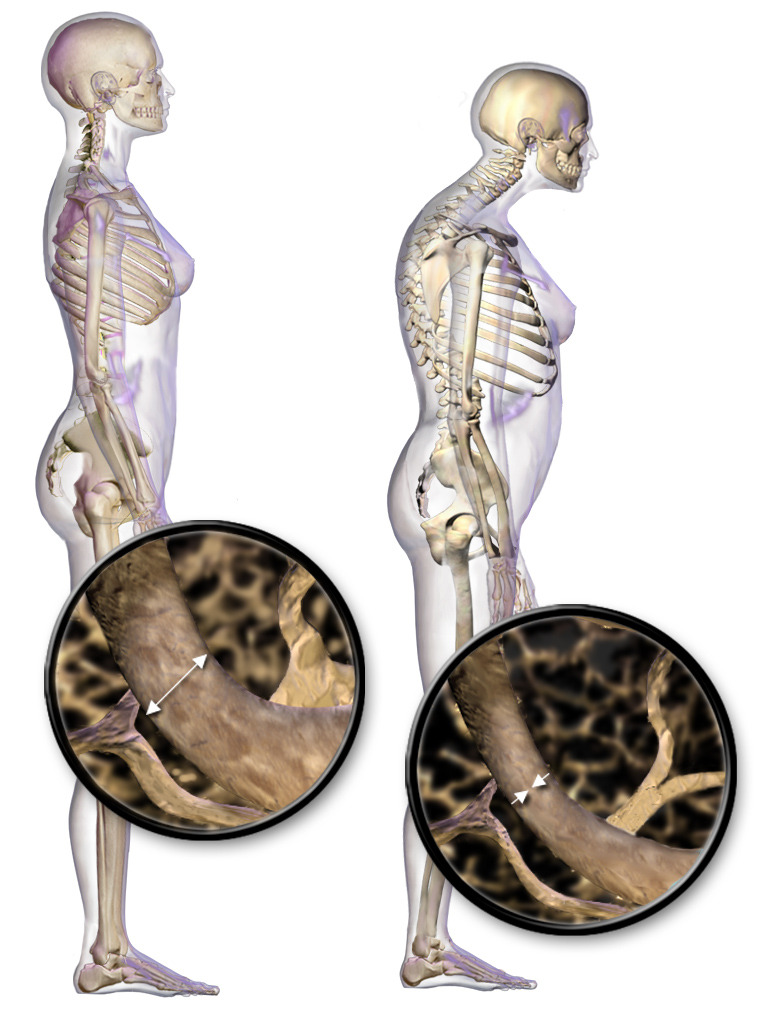
Overview Definition Osteoporosis is a metabolic bone disorder characterized by low bone mass and increased bone fragility.[3,4] Epidemiology[3,18,10] Classification[7] Etiology[7] Primary osteoporosis: Secondary osteoporosis:[3,4,7] Table: Causes of secondary osteoporosis Etiology category Examples Endocrine disorders Hyperthyroidism Hyperparathyroidism Cushing syndrome Hypogonadism/estrogen deficiency Vitamin D deficiency/resistance Bone marrow disorders Multiple myeloma Leukemia Lymphoma GI disorders astrectomy Malabsorption syndromes […]
Intestinal Ischemia (Clinical)
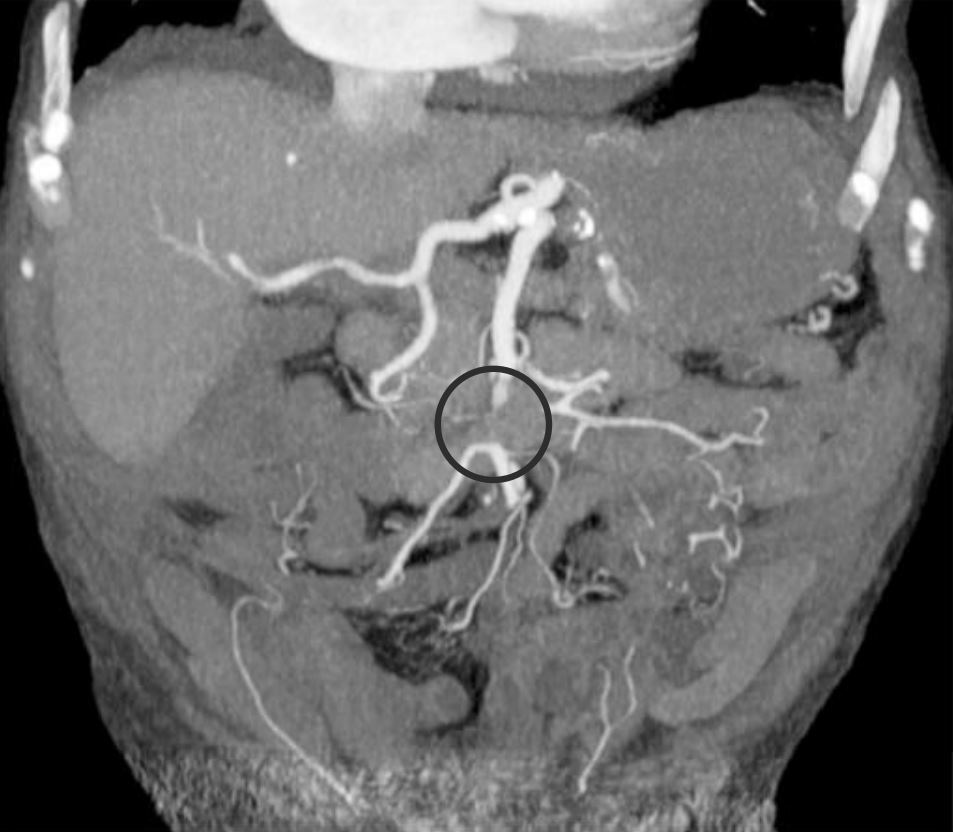
Overview Definition[1,8] Intestinal ischemia is a decrease in blood flow to the intestines resulting in hypoperfusion that may lead to bowel infarction. Mucosal sloughing occurs after approximately 3 hours of ischemia, and necrosis occurs after approximately 6–12 hours of ischemia. Types of intestinal ischemia[1] Epidemiology[1,3,4] For all types, intestinal ischemia primarily affects adults > 60 […]
Anal fistula (Clinical)
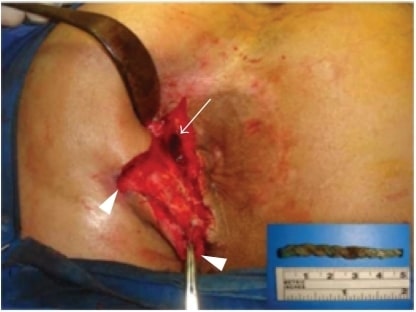
Definition and Epidemiology Definition Epidemiology[1,3,7] Etiology and Pathophysiology Etiology[1–3] Pathophysiology[1–3] Clinical Presentation History[1–3] Physical exam[1–3] Diagnosis and Management Diagnosis[1,3,4,7] Types of fistula[1,3,6] Management General principles:[4–7] Surgical techniques:[4–7] Antibiotics:[7] Mnemonic Why fistulas stay open: “FRIENDS” Differential Diagnosis References
Drug-Induced Liver Injury (Clinical)
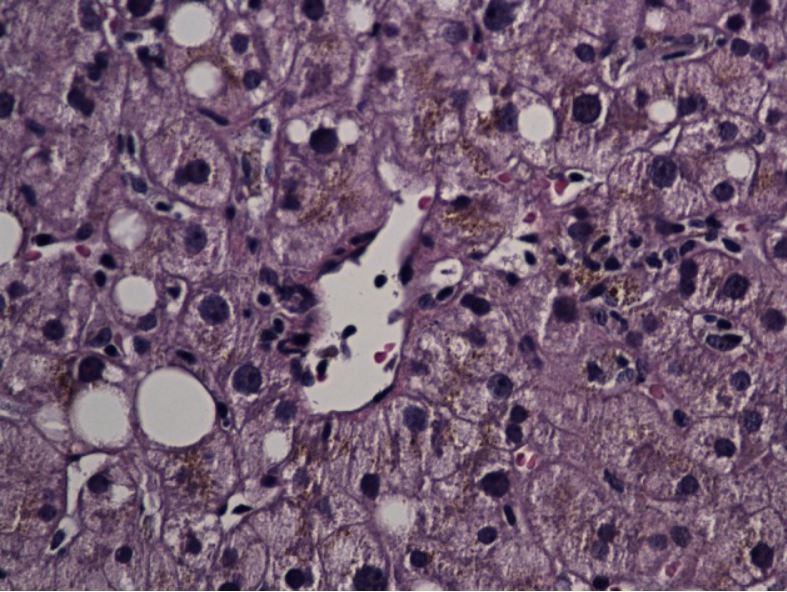
Overview Epidemiology[1,7,8,12] Etiology[4,5,8,10] Metabolism of drugs[2] Liver metabolism of drugs changes their biologic activity and makes them water-soluble for excretion in the urine and bile. Phase I reaction: Phase II reaction: Phase III reaction: Pathophysiology Mechanisms of drug toxicity[1,2,10] Intrinsic/direct hepatotoxins: Idiosyncratic reactions: Pathophysiology of DILI[1,3,7] Drugs can cause toxic effects by several mechanisms, resulting […]
Metabolic Dysfunction-associated Steatotic Liver Disease (MASLD) (Clinical)
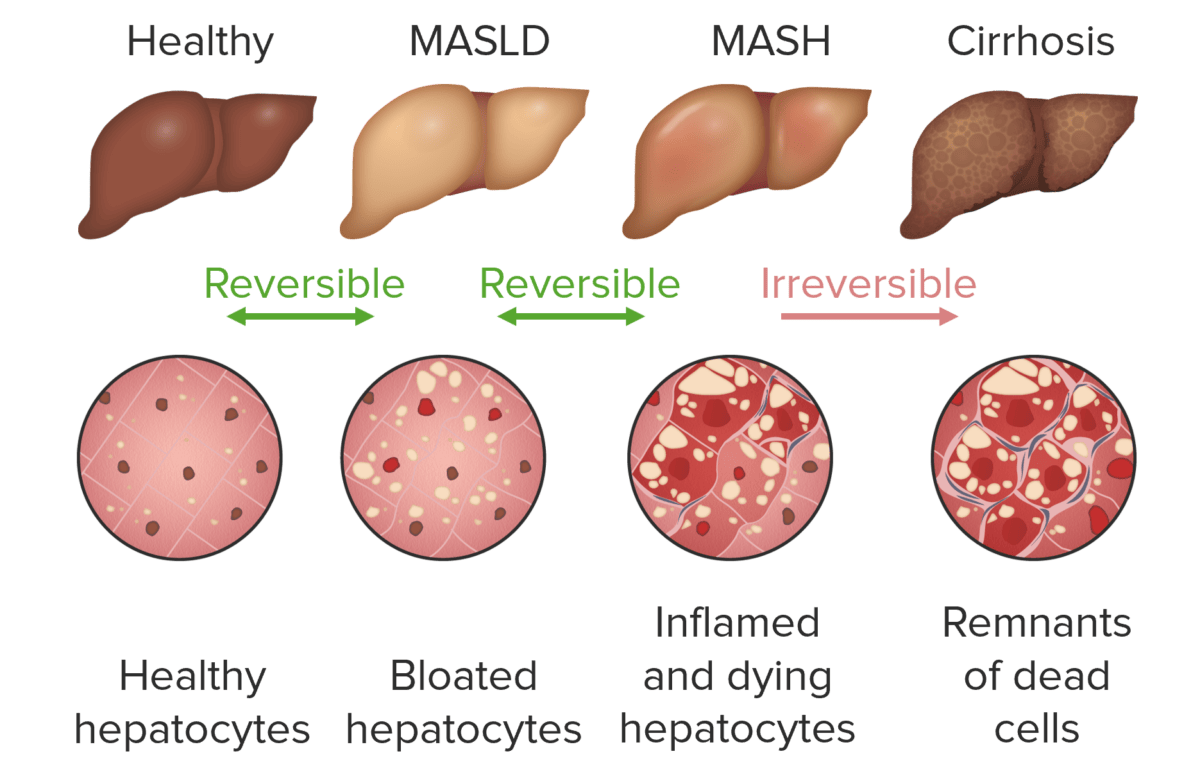
Definition Fatty liver (steatotic liver disease) has alcoholic (alcohol-associated liver disease) or nonalcoholic (metabolic dysfunction-associated steatotic liver disease) subtypes. Metabolic dysfunction-associated steatotic liver disease (MASLD): previously named Nonalcoholic fatty liver disease (NAFLD):[1,3,5,7,18] Epidemiology and Risk Factors Epidemiology[1,3,4,7] Risk factors[1,3,4,7,8] Pathophysiology Pathophysiology of MASLD[1,3,5,6] MASLD[1,5,6] MASH[1,5,6] Potential outcomes[1,4,5] If progression is not reversed, MASLD can lead […]